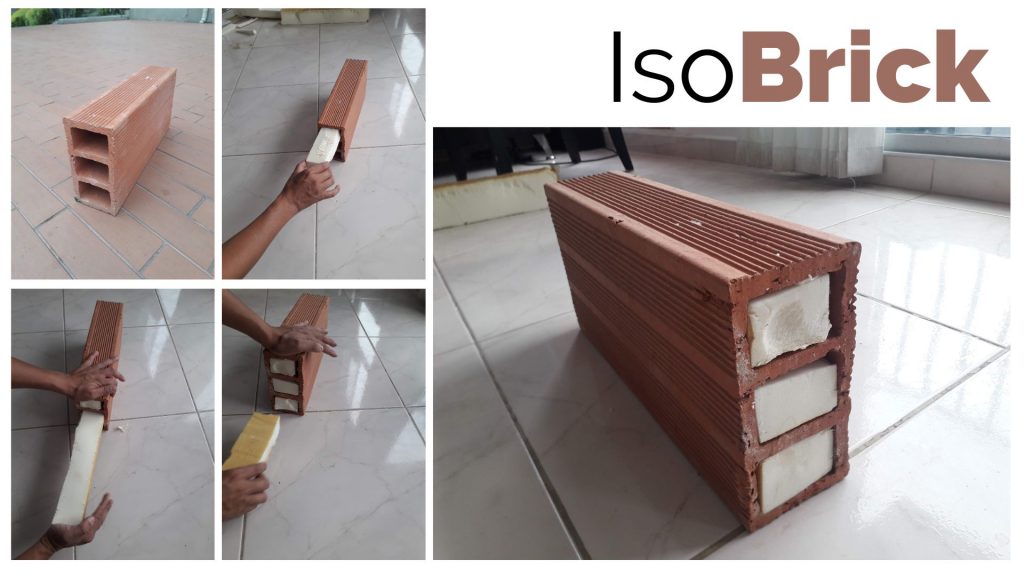1. Research and Analysis:
to. Market research:
– Study the market demand for insulating materials.
– Analyze the competition and look for uncovered opportunities.
b. Technical study:
– Investigate the properties of polyurethane and how it can be adapted to be effective as an insulating material in brick voids.
– Considers factors such as thermal conductivity, humidity resistance and durability.
c. Regulations and Regulations:
– Familiarize yourself with local and international standards and regulations related to construction materials and insulation.
2. Product Development:
to. Formulation and Testing:
– Work with chemists and polyurethane experts to develop a specific formula for your material.
– Perform laboratory tests to ensure the effectiveness of the insulator.
b. Product design:
– Design the format in which the material will be presented to be easily applicable in the gaps of the bricks.
c. Prototype:
– Develop prototypes for additional testing in more realistic test environments.
3. Production and Logistics:
to. Establishment of Production Line:
– Defines and establishes the necessary infrastructure for large-scale production.
b. Acquisition of Raw Materials:
– Make sure you have reliable suppliers for the necessary raw materials.
c. Logistics and distribution:
– Design an efficient logistics plan to distribute material to customers.
4. Marketing and Sales:
to. Brand Development:
– Create a strong brand for your insulating material.
b. Marketing strategy:
– Develop marketing strategies to promote the product.
– Consider the creation of advertising materials and online presence.
c. Distribution network:
– Establish agreements with distributors and retailers to bring the product to the market.
5. Financial Aspects:
to. Budget:
– Develop a detailed budget that covers all stages of the project.
b. Financing:
– Look for sources of financing, whether through investors, loans or grants.
c. Cost and Price Analysis:
– Determines the cost of production and establishes competitive prices.
6. Sustainability and Compliance:
to. Sustainability:
– Considers sustainable practices in production and promotes the eco-efficiency of the product.
b. Normative compliance:
– Make sure you comply with all safety regulations and standards.
7. Continuous Evaluation:
to. Customer Feedback:
– Collect customer feedback to make continuous improvements.
b. Investigation and development:
– Maintain a research and development team to continue improving the product.
In search of solutions to mitigate this problem, various strategies have been proposed, and one of them focuses on improving the energy efficiency of buildings. Buildings are responsible for a significant portion of greenhouse gas emissions due to energy consumption for heating, cooling and lighting. Therefore, a key measure is to address heat loss through gaps and cracks in structures, such as spaces between bricks.
An effective and insulating solution for these gaps is the use of thermal insulating materials. These materials, such as expanded polystyrene foam (EPS), fiberglass or polyurethane foam, have properties that reduce heat transfer, helping to maintain internal temperatures in buildings more efficiently. By applying these materials in the spaces between the bricks, heat leakage in winter and heat entry in summer can be minimized, thus contributing to lower energy demand for air conditioning and, therefore, to the reduction of emissions. of associated greenhouse gases.
This approach not only helps combat climate change by reducing carbon emissions, but also improves the energy efficiency of buildings, resulting in long-term economic savings and a more comfortable and sustainable indoor environment. Furthermore, awareness and widespread adoption of environmentally friendly practices and technologies are essential to comprehensively address the challenge of climate change.


